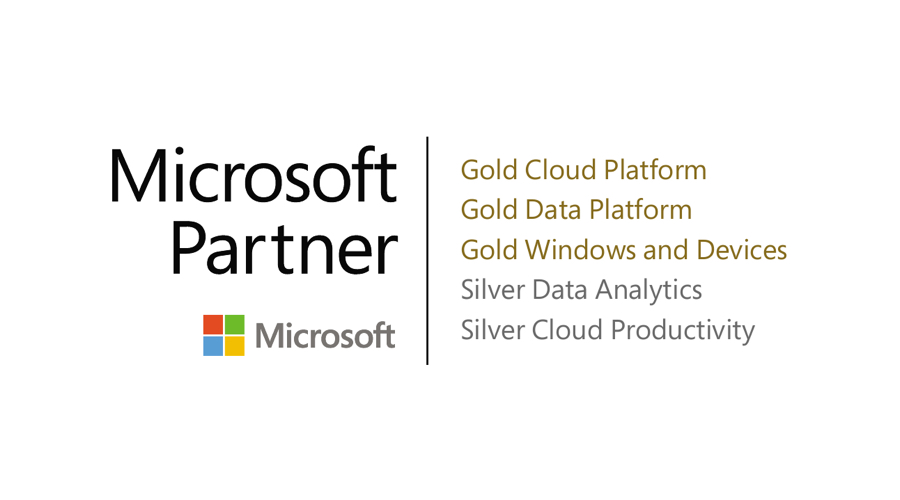So, with WVD, Microsoft gives you a handful of images right out of the box. They give you a Windows 10 image blank and then they give you Windows 10 image with Microsoft 365 applications built in. What we do, as part of your build, we take that image, we install all your applications that you want, anything that you want and then you save that image and it goes into your WVD catalog and that’s the image that is used. If WVD needs to spin up additional hosts for capacity or whatever the case may be, that is the one that is grabbed. We almost always customize the application. And once the host is up and running, people with the right permissions in your company can go ahead and install applications on them and they will be there for all your users to take advantage of.
Also, different groups or individuals can be assigned different collections of software. We have application pools and host pools. There are methodologies and mechanisms built into the product and enhanced by VDS to a certain degree that handle all of this kind-of in the weeds management type stuff.

Recent Posts
- Thinking About Leaving GoDaddy? Discover How to Gain Full Control of Your Microsoft Tenant and Boost Security
- 5 Advanced Security Features of Azure Virtual Desktop for Enterprise Protection
- Top 10 Questions IT Leaders Ask About Azure Virtual Desktop (AVD)
- How Azure Virtual Desktop Simplifies Remote and Hybrid Work for IT Leaders
- Azure Virtual Desktop vs. Windows 365: Which Cloud Desktop Solution is Right for Your Business?
